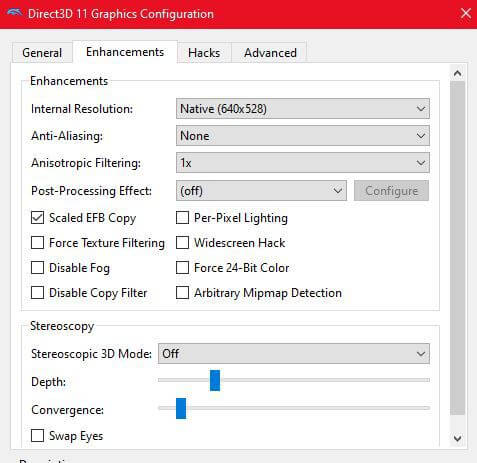

Currently I am taking animation workshops taught by the animators from disney such as Michael Woodside and Marlon Nowe. Ive gone to the Pixar benefit where me and a good friend got incredible advice from Mark Walsh and Ronnie Del Carmen. Ive taken a Pixar Masterclass taught by Andrew Gordon and Matthew Luhn. As an animator i make sure to take all opportunities to make myself better at the craft. How can they be useful? I will say something that is not to be taken as gloating but for credibilaty. Likewise if someone is looking for possible exercises, why not share a link to these and give them a hand? Have any questions about the exercises above? Leave a comment below and we’ll answer them the best we can! Someone else may be wondering the exact same thing, so you’ll help them too. Something not quite right? Take the time to fix it. You owe it to yourself to try your very best. You don’t have to show anyone, these are for you. There is no reason to do these exercises poorly. Going back to push-ups, would push-ups be harder if while doing them you also recited the Gettysburg Address? Yes. Keep it simple! There is no reason to over complicate any of these exercises.You’re supposed to animate feelings.” If a character isn’t thinking, they aren’t alive, and the animation has failed. Do not forget the famous words of Ollie Johnston: “You’re not supposed to animate drawings.If you want the benefit, you must animate them. Reading these exercises will do as much for you as reading about push-ups would do for your physical muscles: NOTHING.Enhance the differences the weight change makes! Things to keep in mind: Any of the above exercises using a very heavy character/object next to a very light character/object. Opening the “world’s best gift” and reactingĥ1. Opening a cupboard and removing something insideĥ0. Sleeping character startled by alarm then returning to sleepy stateĤ8. Run across screen with change in directionĤ7. A single piece of paper dropping through the airĤ6.
#Allow frame skipping anime studio pro 11 full#
The full process of brushing one’s teethĤ5.

Pressing an elevator button and waiting for it Level 4 ExercisesĤ3. Starting to say something but unsure of howģ9. Scared character peering around a cornerģ5. Stirring a soup pot and tasting from a spoonģ4. This usually happens because an attached, lo. Overlapping action Different elements of an object or body, come to a stop of different times. Character lifting a heavy object (with purpose!)Ģ8. Close up of hand picking up a small objectĢ7. Close up of open hand closing into fistĢ6. Character being hit by something simple (ball, brick, book)Ģ5. Reaching for an object on a shelf overheadĢ1. Change in Character emotion (happy to sad, sad to angry, etc.)ġ9. Flour Sack kicking a ball Level 2 Exercisesġ2. Flour Sack falling (loop or hitting the ground)ġ1. Character head turn with anticipation Preparing a motion by first going into the opposite direction to build up momentum is called anticipation. So be like them! Get out there and do animation!ĥ. Masterpieces like the dwarfs dancing in Snow White or the terror of the Monstro scene in Pinocchio. And some would argue they created some of the greatest animation to ever be seen. They learned via the age old art of hands-on training, experimenting and discovering as they went. Here were a group of animators (before being an animator was even a thing) who HAD no books to read, or websites to visit, or even experienced animators to ask. Maybe you still need convinced of how important the “Art of Doing” is? Look no further than the early days of animation, especially at the Disney studio. Today we’ve compiled a list of exercises, like animation push-ups, that will get your art skills buff and toned. Articles, tips, mentors, and study will never get you as far as rolling up your sleeves and getting down to work, be it animation or any other skill. It’s a simple bit of advice that rings with absolute truth.


 0 kommentar(er)
0 kommentar(er)
